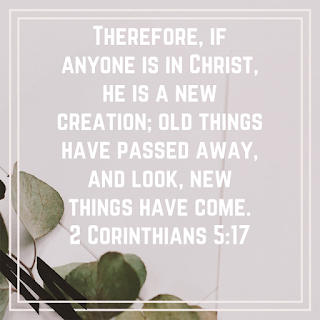to thrive.
 William McDonough
William McDonough
William McDonough
William McDonough
William McDonough :
What a revered member of our society you are these days. While enthusiastically asking my fellow design classmates if they were going to William McDonough's lecture at Xavier University, I was surprised with the responses of those not knowing who he is. William McDonough is an architect with firms in Charlottesville, VA and San Francisco, CA. He is well-known around the world for his ideological thought involving "sustainability" and product systems/material toxicity. This is summed up well in his book co-authored with chemist Michael Braungart, Cradle to Cradle: Remaking the Way We Make Things. In this the authors describe a paradigm shift where we don't think about making products that can be thrown "away," but rather think about how we can make, design, and manufacture products that be reused or recycled, not downcycled.
In his lecture yesterday (which, it was a wonderful resource and privilege to attend as it cost more for him to come than our architecture school has budgets for lectures for the entire year) McDonough stressed the need for a revolution. We need to design for a world population of 9,000,000,000. That is a lot lot lot of people, and we cannot think of consumption the same day we do now. At the same time, he took an issue with the term 'sustainable' being used to describe what we should try to attain. In the example of marriage, when one asks a married man or woman how their marriage is going, to receive the answer 'sustainable' wouldn't make one think it's going so well. Rather, it'd be nice to hear how great, enriching, enlivening it is. In the same way, we should strive to not have zero energy, zero carbon, zero fun, zero interaction with our planet, but rather positives of these things. To design regenerative buildings, that produce clean water, produce more energy than it uses, produce a space where people feel more comfortable and in tune with the environment is to thrive in architecture.
One particular aspect of his lecture that was new and meaningful to me was his reference to population growth. He said that our designs should promote human health and life, as the earth belongs to the living. This means, in India for example, to celebrate the life of a newborn child, whether poor or rich, instead of viewing him or her as another problem to our population growth. This is the essence of keeping the marginalized in mind, as this child has virtually no assertive influence on the world. To design with the powerless in mind is humble and, in my opinion, in accordance to Scripture. As we're told in James, Religion that God our Father accepts as pure and faultless is this: to look after orphans and widows in their distress and to keep oneself from being polluted by the world (1.27).
Also, Psalm 72.4: Help him to defend the poor, to rescue the children of the needy, and to crush their oppressors.
Also, Psalm 82.3: Give fair judgement to the poor and the orphan; uphold the rights of the oppressed and the destitute.
This is also in accordance with what I wrote in an earlier post about Gianna Jessen, about supporting life and not using abortion as an excuse for population control. But that's for another time. I was reminded of the precious gift of life and how it should be celebrated for its essence.

I learned today about football plays and why they are important, without particularly inquiring of this. Thanks Dave, it's always good to learn new things.

Comments
Post a Comment